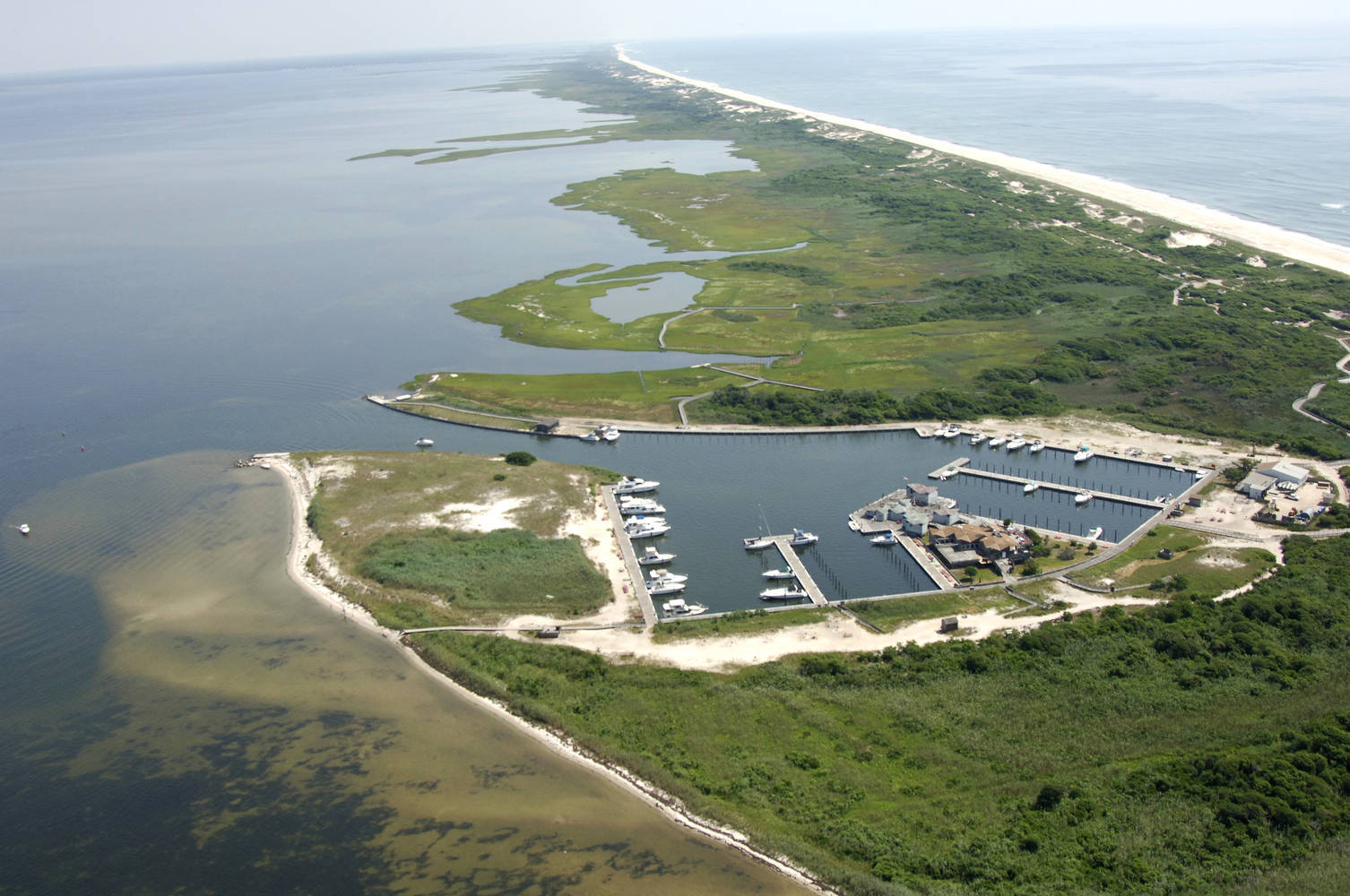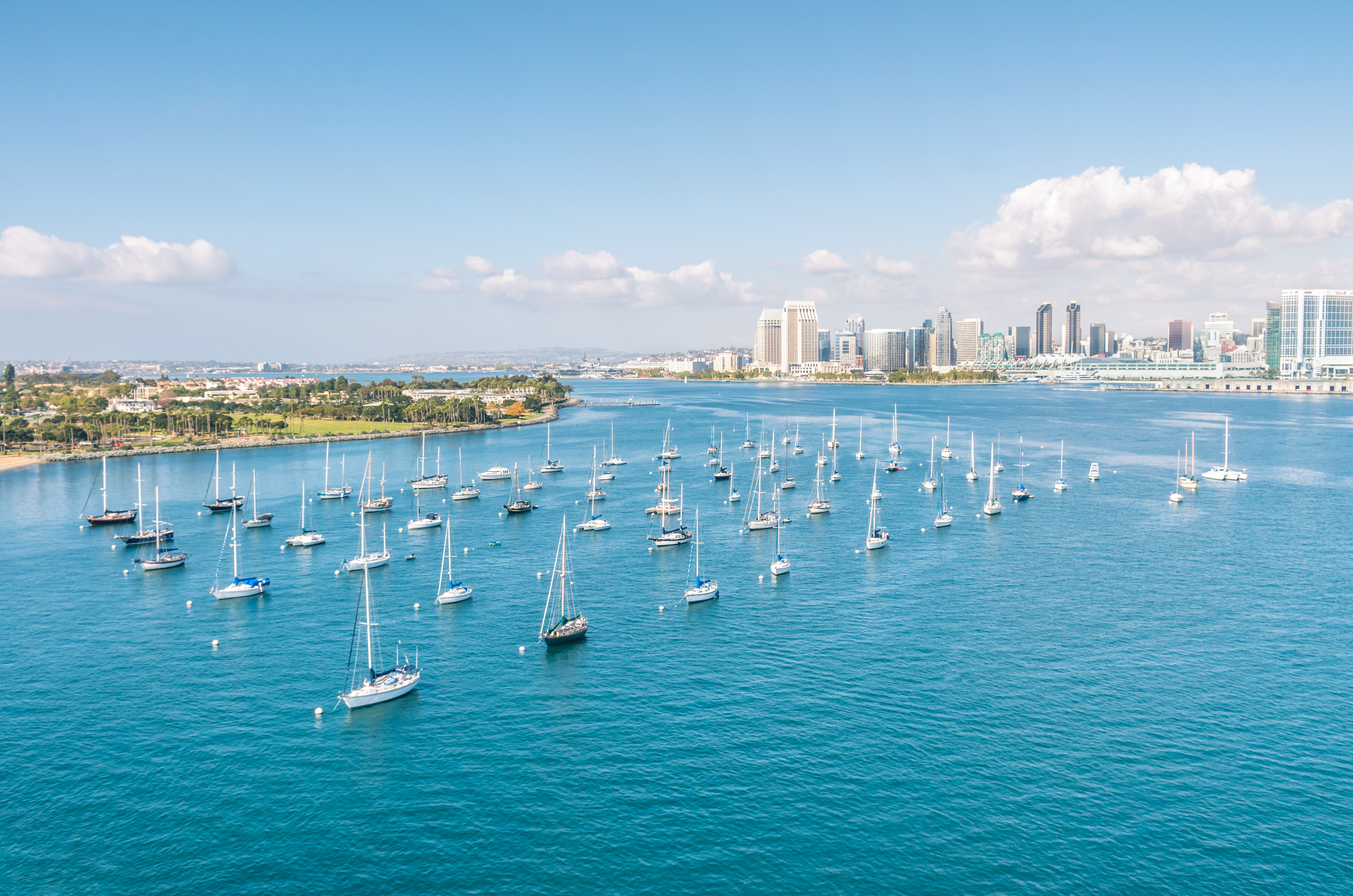Dockwa+ FAQ — Table of Contents: What exactly is Dockwa+? How much do Dockwa+ members typically save? Where can I use Dockwa+? Will my...
Boating Safety: What to Do if You’re Caught in a Storm
Post by Janelle Cox - Published on 09/14/22 17:09 PM

Most people would believe boaters only have to worry about hurricanes, but thunderstorms can just as quickly become a mariner's worst nightmare. A lightning strike to your vessel can be disastrous, especially if you lose access to your electronics or, worse, the strike causes a fire.
Below are several clues that bad weather may be approaching:
Flat clouds that get lower and thicker;
Or puffy, vertically rising clouds getting higher;
Or dark, threatening clouds, especially to the west/southwest.
A sudden drop in temperature.
A halo around the sun or moon.
Increasing wind or a sudden change in wind direction.
Flashes on the horizon.
Seas are becoming heavy.
There is heavy AM radio static, which can indicate nearby thunderstorm activity.
 While we can’t always predict when a thunderstorm will materialize, boaters should use extra caution and have a plan of escape. Below you’ll find seven tips on what to do if you’re caught in a storm.
While we can’t always predict when a thunderstorm will materialize, boaters should use extra caution and have a plan of escape. Below you’ll find seven tips on what to do if you’re caught in a storm.
Ride it Out
If you venture out and recognize thunderstorms nearby, stay calm. If it’s safe to do so, head to a local port or dock. Turn on navigation lights, reduce speed, and head your vessel into the wind at a 45-degree angle to reduce stress and maintain better control. Keep a lookout for floating debris, obstacles, and other boats.
Do not attempt to return to your original marina if there’s a closer, safer option.
Wait it Out
Thunderstorms are usually brief, so waiting it out may be better than riding it out. If your boat has a cabin, stay inside and avoid touching metal or electrical devices. Stay low to the deck if your vessel doesn't have a cabin.

Wear Your Life Jackets and Prepare Other Emergency Equipment
Be safe rather than sorry. You don’t want to scrabble for a PDF during the storm if someone ends up in the water. If you have passengers aboard, immediately get everyone into their life jackets and foul-weather gear.
Have any other emergency equipment on board, such as bailers, hand pumps, first aid kits, signaling devices, etc., ready. If you have a life raft, have it ready to be deployed and stocked with emergency food and water.
Batten Down the Hatches
Secure all hatches and close all doors, ports, and windows to keep water out. Secure gear above or below decks, stow small items, and latch down bigger ones.
Keep in mind that the weight of equipment and passengers is significant in smaller crafts, so ensure it’s balanced. Pump bilges dry and repeat as necessary to eliminate water sloshing as the boat rolls, which can affect stability.
Prepare Your Anchor
Ready your sea anchor or drogue but do not anchor the boat unless you’re in a narrow body of water, you’ve lost visibility entirely, and are in danger of washing ashore. Under those conditions, anchor your boat from the bow to keep the vessel headed into the waves.
 Monitor Your Radio
Monitor Your Radio
Monitor Channel 16 on your marine VHF radio for Coast Guard updates on the weather. You should all listen for distress calls from other boaters as you may be the closest one that can lend assistance.
Abandon Ship
Review your procedures for abandoning the ship if the incoming storm is exceptionally severe. Then, when remaining on the boat is no longer safe, get everyone on deck and send a "Mayday" distress call to the Coast Guard on your marine VHF-FM radio.

We can’t always predict changes in weather, but remember, boating safety begins offshore. With proper planning and training, you can avoid most, if not all, common mistakes. Dockwa is here to help you do just that!
Be sure to check out our other blog posts to get an inside look at our favorite destinations, marinas, and tips for first-time boaters. Join the conversation on Flipboard, Facebook, Twitter, and Instagram.




